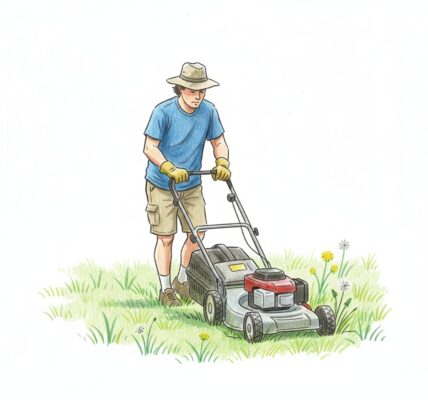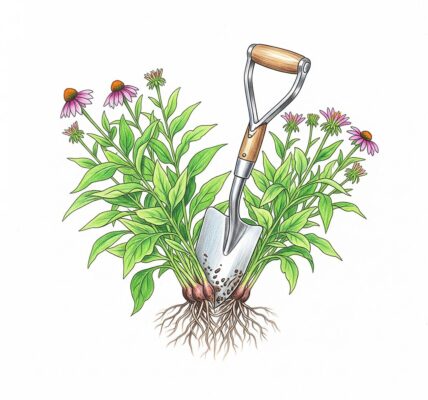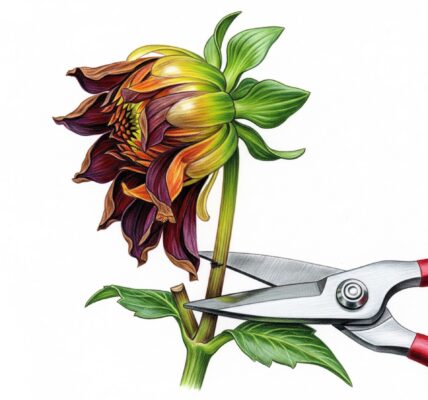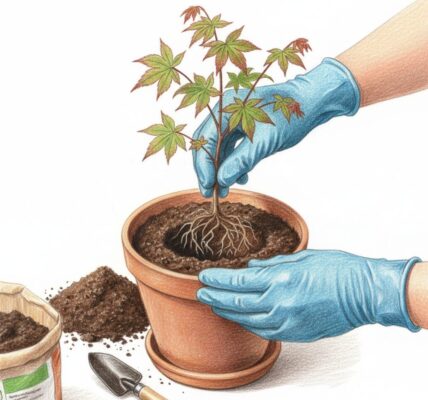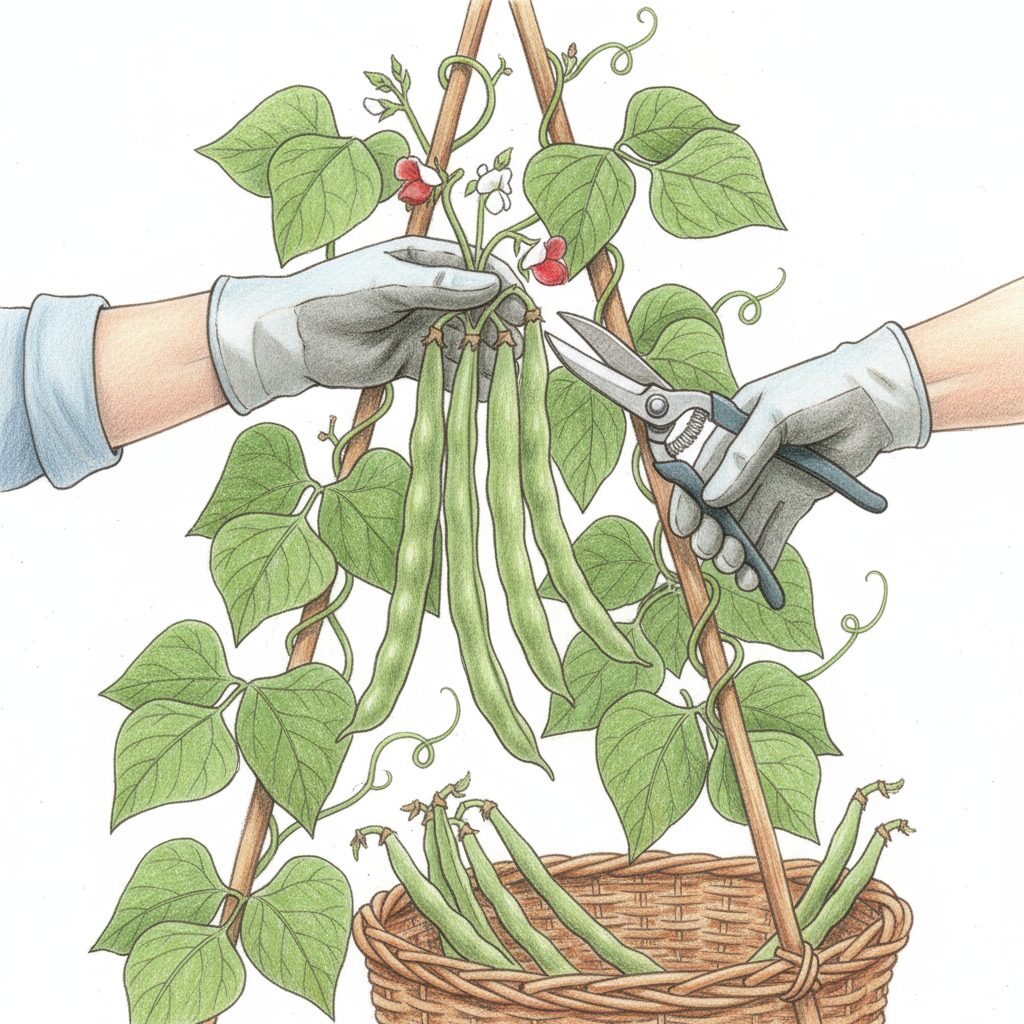
Harvesting runner beans in September marks the peak of the growing season for this popular and productive vegetable. By this time, the plants are often at their most prolific, producing a steady supply of long, tender pods that are perfect for picking. Knowing how and when to harvest runner beans ensures the best flavor and encourages ongoing pod production well into the autumn.
Runner beans should ideally be picked when the pods are young, slender, and snap easily when bent. Typically, this means harvesting when the pods are about 15-20 centimeters long—before the seeds inside begin to swell noticeably. Over-mature pods can become tough and stringy, detracting from their eating quality. In September, regular picking is crucial because the rapid growth spurred by late-summer warmth can lead to beans maturing quickly. Aim to check plants every two or three days, as this will help you catch pods at their best and prevent any from becoming overgrown.
To harvest, simply hold the vine with one hand and gently pull or pinch the pod off with the other, taking care not to damage the plant. Using two hands helps avoid tearing the stems or disturbing nearby flowers and developing beans. Early morning, when the pods are crisp and cool, is often the best time for picking.
Continual harvesting throughout September not only provides a steady supply for the kitchen but also signals the plant to keep producing new pods. If beans are left to mature fully on the plant, it will slow or even stop further pod development as the plant puts energy into seed production instead. After picking, runner beans can be enjoyed fresh, blanched, and frozen for later use, or shared with friends and neighbors.
By keeping up with regular harvesting and caring for the plants, you can extend the runner bean harvest well into the autumn, making the most of this productive crop.

